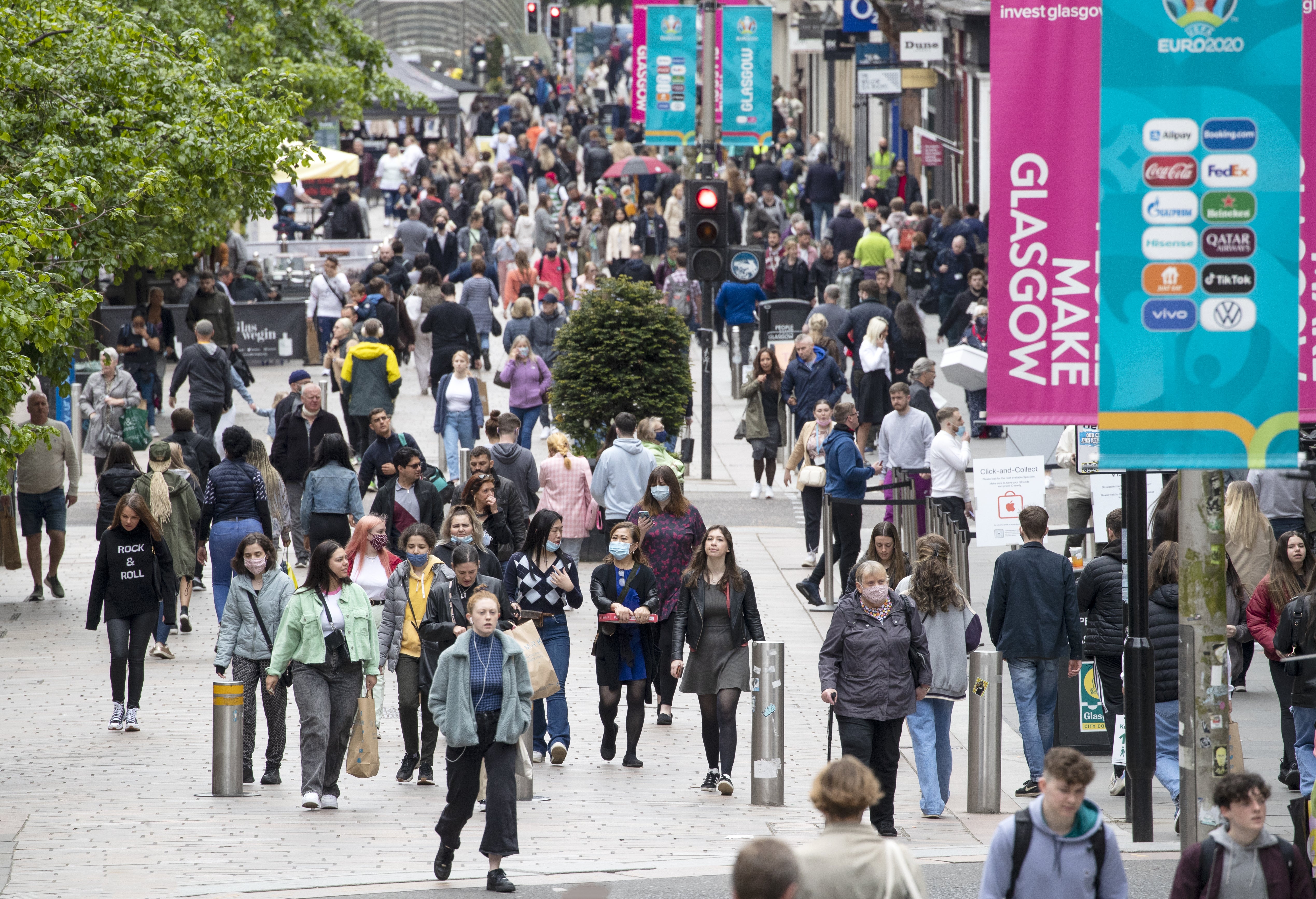Service sector grows but manufacturing dented by supply chain issues
The latest IHS Markit/CIPS private sector data shows inflation is rising at its fastest level since records began in 1998.

Your support helps us to tell the story
From reproductive rights to climate change to Big Tech, The Independent is on the ground when the story is developing. Whether it's investigating the financials of Elon Musk's pro-Trump PAC or producing our latest documentary, 'The A Word', which shines a light on the American women fighting for reproductive rights, we know how important it is to parse out the facts from the messaging.
At such a critical moment in US history, we need reporters on the ground. Your donation allows us to keep sending journalists to speak to both sides of the story.
The Independent is trusted by Americans across the entire political spectrum. And unlike many other quality news outlets, we choose not to lock Americans out of our reporting and analysis with paywalls. We believe quality journalism should be available to everyone, paid for by those who can afford it.
Your support makes all the difference.The UK’s private business sector enjoyed its fastest growth in three months although the manufacturing industry suffered from severe supply chain and jobs shortages, according to new data.
The closely-followed IHS Markit CIPS flash composite output index recorded a score of 56.8 in the first two weeks of October – up from 54.9 recorded for the month of September.
Anything above 50 is seen as industry in growth.
Respondents to the survey said there had been a boost in business and consumer spending as customers enjoyed the unwinding of lockdown restrictions.
But higher wages and rising costs in global supply chains led to the fastest rate of inflation for goods and services in the private sector since records began in 1998.
There was a strong split between sectors of the economy, the survey found, with the services sector recording a Purchasing Managers Index (PMI) score of 58 versus manufacturing production at just 50.6 – the widest margin between the two since 2009.
Manufacturing saw its weakest output performance in eight months with goods producers revealing they are struggling to meet customer demand due to long lead times in supply chains and staff shortages.
Nearly two-thirds of UK manufacturers said delivery times had worsened in October. Only 1% said they had improved.
The UK economy picked up speed again in October but the expansion is looking increasingly dependent on the service sector, which in turn looks prone to a slowdown amid the recent rise in Covid-19 cases
By comparison, the services sector recorded strong boosts in business as a result of spending following the rollback of pandemic restrictions, including an expansion of export sales.
New business volumes rose at their fastest rate since June, although 59% of businesses said prices were higher than last month.
The sector has now risen for the eight consecutive months, although it remains off its May peak when the PMI score hit 62.9.
There were also reports of staffing issues and supply chain difficulties, which held back growth, the survey found.
In both services and manufacturing, there were reports that high energy costs and rising fuel prices were also pushing up prices.
Jobs were said to be plentiful, although wages were rising because companies were struggling to fill vacancies.
Chris Williamson chief business economist at IHS Markit, said: “The UK economy picked up speed again in October but the expansion is looking increasingly dependent on the service sector, which in turn looks prone to a slowdown amid the recent rise in Covid-19 cases.
“Growth is also being accompanied by an unprecedented rise in inflationary pressures, which will inevitably feed through into higher consumer prices in coming months.”
Duncan Brock, group director at CIPS, said: “It seems the two sectors were recuperating at different speeds in October resulting in a lopsided recovery in the UK economy.
“Service businesses were mostly kept afloat by a rebound in confidence as consumers spent their pandemic savings on a few treats.
“The trick is whether firms will be able to meet any ongoing demand as continuing global disruption to logistics fed into the growing shortage of goods, and whether consumers tolerate rising prices.”